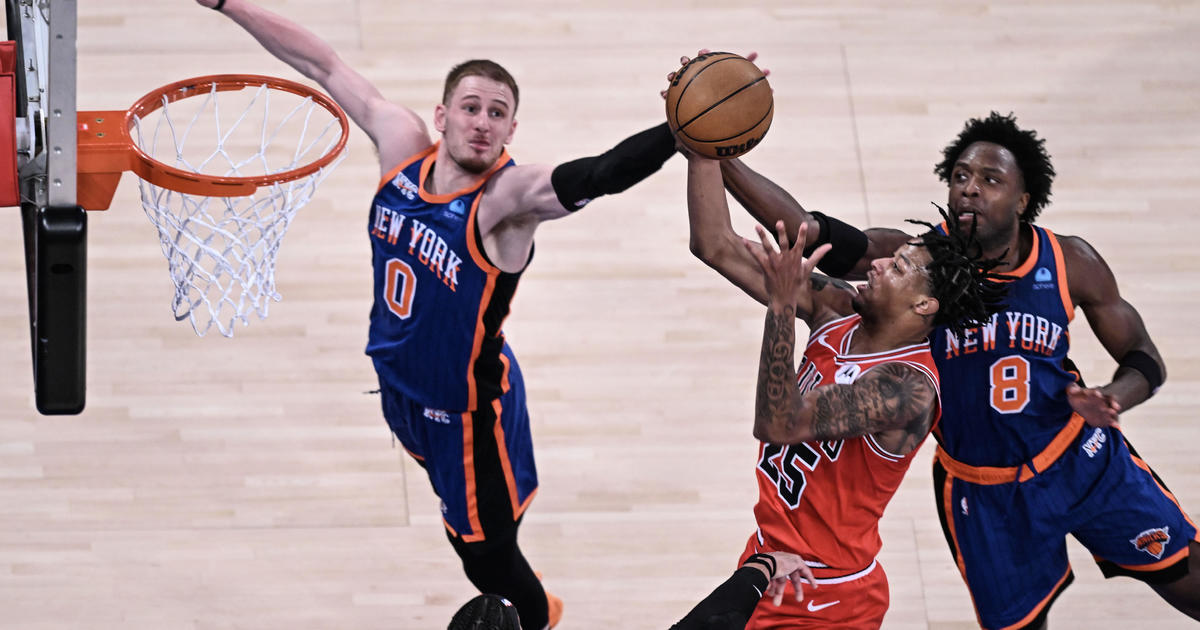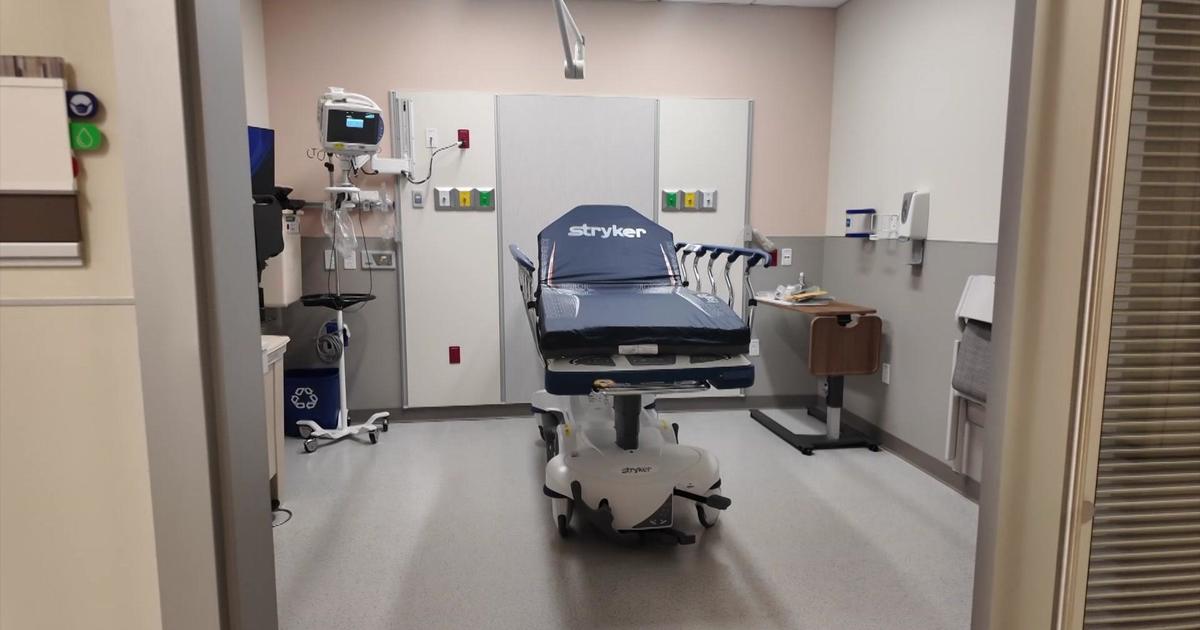Injury Breakdown: Not So Hip
By Abby Sims
Ty Warren, a Patriots defensive end, recently had surgery for a labral tear in his hip and is expected to miss the season. This type of injury, much like the one Alex Rodriguez had last year, can be anything from asymptomatic to that requiring surgery; In Rodriguez's case, the labral tear was accompanied by a cyst within the hip joint as well as significant degenerative changes to the surface of the bone.
Of the 199 NFL players who are presently questionable or unable to play – as listed on CBSsports.com's fantasy football injury website – 13 reportedly suffer from groin injuries and seven others from hip problems. It should be noted that this figure does not take into account the 14 injuries that are of an undisclosed nature. To digress for a moment, it probably won't shock you to learn that six of these mystery injuries belong to players on the New England Patriots, who are evidently much more secretive than their counterparts...
I find it interesting that of the 13 players currently reported to have groin strains, nine are on defense. Without doing a broader study, it appears that the reactive nature of these positions makes athletes more vulnerable to groin issues. I'll follow this throughout the season. For more information on groin strains, take a look at my previous blog post on Andy Pettitte, who continues to struggle in his efforts to return to the line-up.
Groin strains can be nagging injuries. Though Pettitte's issue was reportedly musculo-tendinous, persistent strains of the hip muscles (primarily the flexors, which are at the front of the hip joint and adductors which cross the hip at the inner groin area) may only be a part of an athlete's overall hip injury picture. When strains are coupled with internal injuries to the hip joint (intra-articular injuries), the injury profile changes and the condition is more debilitating. Intra-articular injuries include bone contusions (bone bruises), which are from trauma, degenerative changes to the surface of the bones from wear, as well as hip internal impingement, often as a result of labral tears.
What is the role of the labrum?
Similar to the anatomy of the shoulder, the hip is a ball and socket joint with the ball at the end of the femur attaching via ligaments to the socket at the pelvis. The labrum is a fibrous cartilaginous structure that is situated along the inside rim of the socket, serving to deepen it and provide some suction for the ball thereby adding to the stability of the joint. It can be torn traumatically or by a degenerative process due to repetitive motion that is common in many sports.
What does a labral tear feel like?
Those with labral tears generally complain of joint stiffness and on examination there is typically a loss of range of motion. These complaints would also be common if there are arthritic changes at the joint, even in the absence of a tear. Labral complaints might also include a catching or locking of the hip and some people may also complain of a sense that the hip is unstable. One commonly used test for labral tears is for the examiner to flex the patient's hip, bringing the knee toward the chest, and to inwardly rotate the hip while putting pressure through the joint and drawing the knee across the patient's body. This test causes pain in the presence of a tear, and MRI findings are generally used to support the diagnosis.
Can a labral tear be treated without surgery?
Rehab for a tear focuses on reducing inflammation and restoring range of motion while also addressing muscle strength and flexibility. For those players with sufficient relief, working back into play with a specificity of training is also important to determine if they will be able to tolerate the demands of sport. Those with persistent pain go on to have the labrum reattached to the socket or in some cases, a small portion of the labrum may be removed. These procedures are now performed arthroscopically.
Post-operative recovery
The goals of post-operative therapy are much like those for the non-operative patient except that the rehab period may last up to about six months. The exact timeframe would depend on the severity of the injury or injuries, the specific nature of the surgery and whether there were any other complicating factors such as bony changes that may have also been addressed.



